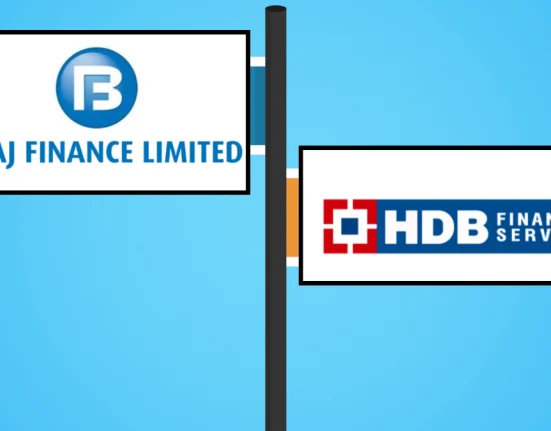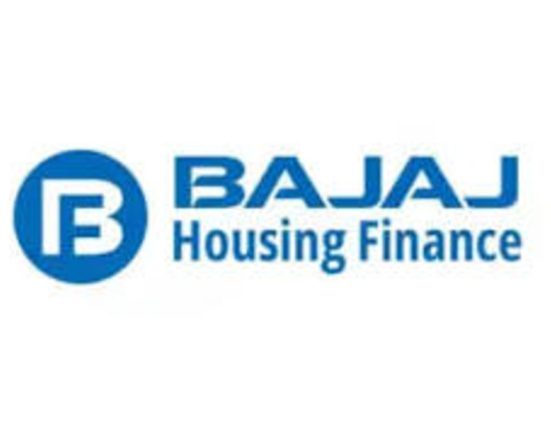Ujjivan Small Finance Bank is looking to expand the secured loan portfolio as part of its growth strategy. In an interview with Narayanan V, managing director and CEO Sanjeev Nautiyal discusses plans to scale the secured lending business, current state of the microfinance sector and the progress on its application for a universal banking licence. Excerpts:
Ujjivan’s group loan book declined in Q1 while other segments grew. Why?
Microfinance group loans declined 18% YoY to ₹12,961 crore in Q1. The entire microfinance industry has been headwinds since last year. We implemented MFIN guardrails 1.0 in July 2024 and guardrails 2.0 from April. The guardrails reduced the number of lenders per borrower to three and capped unsecured exposure at ₹2 lakh for borrowers with a ₹3-lakh household income. The guardrails also disqualify borrowers with up to 60 days past due (DPD) and ₹3,000 outstanding, but we have taken a stricter approach by using a 30-day DPD cut-off.
This has had an impact, as many delinquent customers became ineligible. But this is an industry-wide challenge. That said, Ujjivan’s portfolio health remains strong. In nine of the 10 key states for us, the industry’s average portfolio at risk or PAR (31–180 days) is 6.7% while ours is around 3.6–3.7%.
When do you expect microfinance stress to ease?
We are beginning to see some green shoots. After eight-nine months of negative growth, our microfinance disbursements have picked up. In fact, disbursements in Q1 were higher both on the YoY and QoQ basis. That gives us confidence that the worst is behind us. In 9 of the 10 key states for us, slippages have peaked, and are now declining. Karnataka, which was in the eye of the storm, is showing signs of stabilisation. Tamil Nadu is also expected to improve. Its incremental overdue rate (IOD) is stabilising at 99.21%, and we aim to take it to 99.5%. Karnataka’s IOD is around 99.2%. All these give us confidence that the worst is over. That said, we remain cautious in pockets like northern Karnataka and southern Tamil Nadu, though there are still opportunities in other parts of these states.
Secured loans now make up 46% of your loan book. What’s the ideal mix?
Our gross loan book grew 11% YoY to ₹33,287 crore. We expect overall advances to grow by 20–22% this year, with the secured portfolio growing at around 35%. Internally, we have set a strategy to take the secured loan share to 65–70% by 2030. This shift will be led by the growth in secured products like housing loans, gold loans, vehicle loans, micro mortgages, MSME lending and similar asset-backed segments.
Are you facing challenges in deposit mobilisation?
Deposit mobilisation per se is not a challenge, but managing the cost of deposits is. Over the last six months, we have sharpened our liabilities strategy to bring down costs. We are taking a segmented approach — targeting salaried individuals, NRIs, senior citizens, retail customers, institutions and government entities. We have also launched a priority programme for HNIs and ultra HNIs, offering exclusive bundles with premium products and value-added services. At the same time, we are positioning Ujjivan as a primary bank by offering appropriate solutions for current accounts, savings accounts, traders, mid-corporates and corporates. These changes are already being implemented. Our average CASA balances grew 4% QoQ to ₹9,381 crore. CASA now accounts for about 24% of total deposits and we aim to increase this to 27% by year-end.
Net interest margin (NIM) declined 157 bps to 7.7% in Q1. What are your plans to improve margins?
The repo rate cut transmission happens faster on the floating rate book of banks. For us, the floating rate is only 17% of the total loan book, so there is no big impact here. Even the savings bank deposit rate repricing happens spontaneously. Only fixed deposit repricing takes time to fully pass on the benefit to the bank. I think the NIM pressure will be more on us in the first half. We have reduced the savings bank rate by 100 bps in one or two buckets, while term deposit rates were reduced by 65 bps across various buckets. These are now playing out and will take some time to get fully transmitted into our deposit book. In H2, we expect NIMs to improve as FD rates get fully transmitted and the secured book continues to grow.
What’s the status of your universal banking application?
We applied for the universal banking licence in February. The rationale is that we have been an SFB for the last eight years, and most regulations for universal banks already apply to us. We have good governance, a professional board and a professional management team. We don’t have a promoter, and therefore, as part of our aspiration to become better and bigger, we applied for a universal bank licence. It unshackles a couple of constraints that SFBs face — a higher capital adequacy ratio, ticket size restrictions and a priority sector lending target of 75%, compared with 40% for universal banks. It also enables us to do more products like co-lending and securitisation as an investor. Dropping the “small finance” tag would give us a better brand visibility, wider acceptance and help attract better talent.
While the final decision rests entirely with the regulator, we are expecting it to come by December, or a couple of months before or after.








